

Perez, Degas, Manet, and Freud all look at the female body from a man's perspective, but I felt it was important to acknowledge the women themselves, how they are viewed and how they view each other and themselves. Ronald W. Neperud asserts that "visual arts viewing patterns differ between art student and non-art students, although interaction of art training and sex differences seems to more accurately account for male/female differences in aesthetic valuing" (Neperud 1). This means that men and women naturally view art differently regardless of their level of art education or experience, which can only be all the more true when looking at something so iconically sexual as prostitution.
Personally, in viewing Perez's works of art, I notice a very empowered female role in contrast with the abused and dismal attitude often associated with prostitution. Perez's women smile, smoke cigarettes, strike poses, and are often represented clothed and alone, making them seem first as strong women and only as prostitutes afterward. These women, seemingly better suited to modeling than sex-selling, strike poses with a strange commanding nonchalance that ultimately brings them to life. Perez devotes the same amount of care (if not more) to capturing each woman's expression than her curves and limbs. Gouma-Petersen and Mathews detail the history and development of female artists and art critics, expressing that the nature and treatment of women through the years has led to a particular perspective on art that is unique to the female gender, one that is as multifaceted as the women themselves. Theorist Jeanie Forte says that "[t]he deconstructive nature of women's performance art is...doubly powerful because of the status of women in relation to representation, a status which...inherently foregrounds the phallocentricity of modernism/patriarchy and its signifying systems" (219). Feminist art doesn't only create works of art, but also deconstructs it to reveal the deeper meanings behind representations of sex, women, and power. Perez has given a much more understandable and honest male perspective that does not see women as the "Other" but seems to respect women as they are.
As an amateur portrait artist, I have studied Perez's works in-depth, making reproductions of my favorite works of his in graphite pencil. Looking at Perez's art and artistic subjects from an artist's perspective in addition to an analyst's or art enthusiast's view has brought even more dimensions to what I see. I have always been fascinated by portraits and portraiture, but it wasn't until I saw Fabian Perez's work that I decided to study it on my own. Here is my first drawing of Perez's from July 2010:
 |
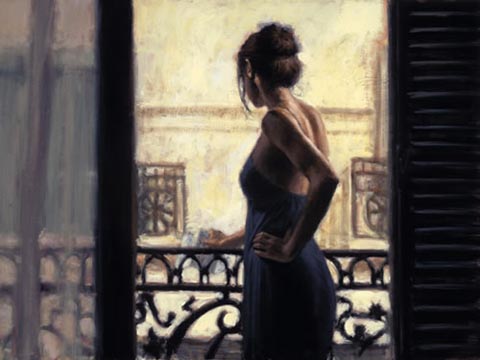 |
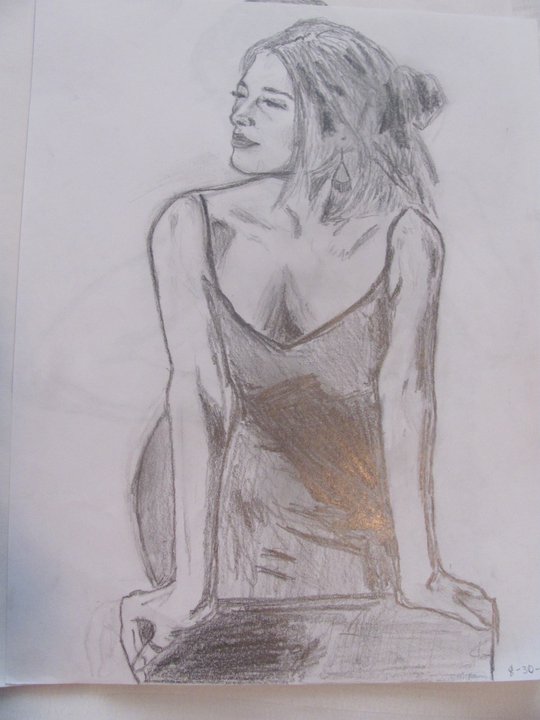 |
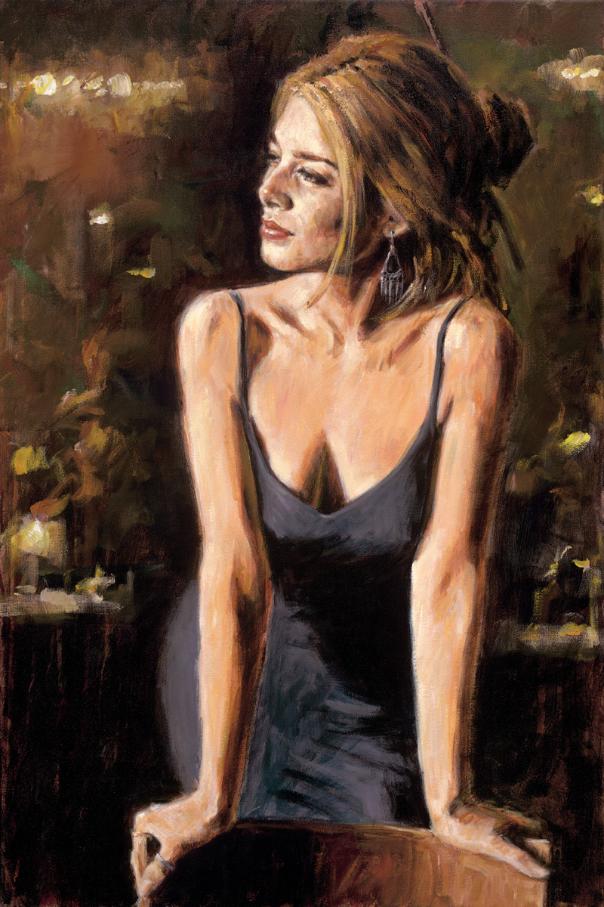 |

 |
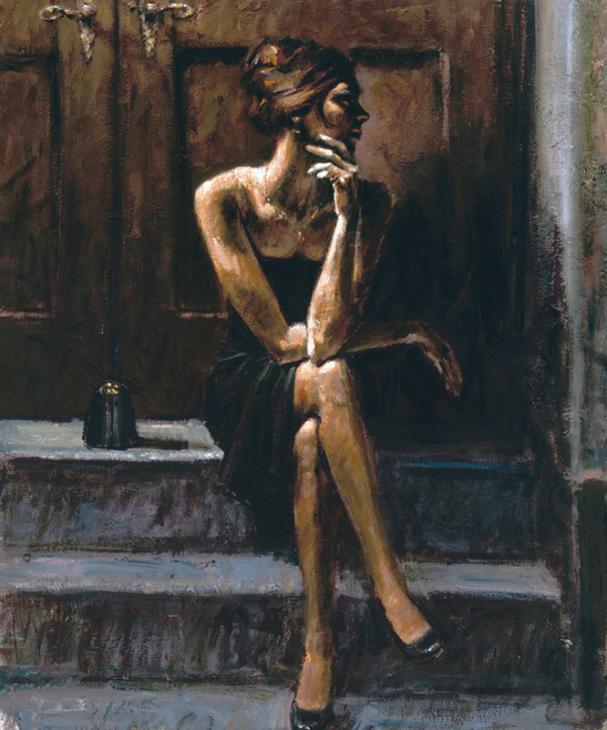 |
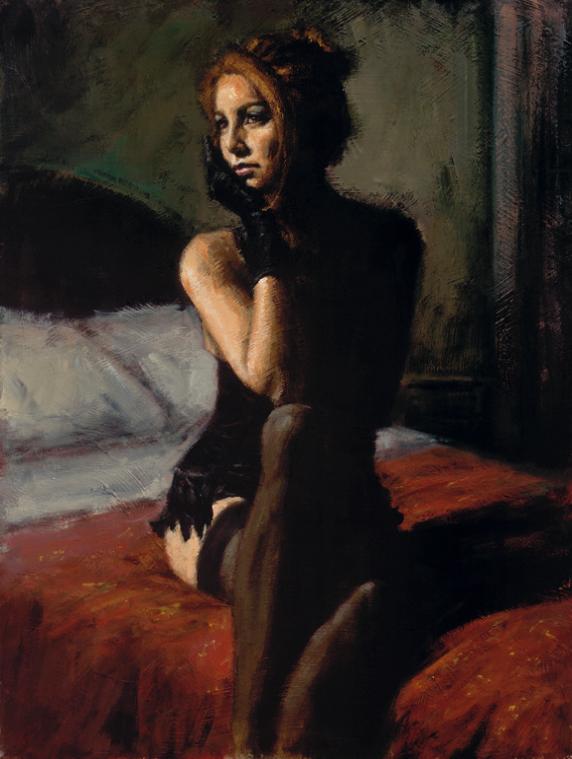 |
Art, and Influences |
and Other Artists |
Prostitution, and Perez |
Forte, Jeanie. "Women's Performance Art: Feminism and Postmodernism." Theatre Journal 40:2 (1988): 217-235. Print.
Gouma-Peterson, Thalia and Patricia Mathews. "The Feminist Critique of Art History." The Art Bulletin 69:3 (1987):326-357. Print.
Neperud, Ronald W. "The Relationship of Art Training and Sex Differences to Aesthetic Valuing." Visual Arts Research 12:2 (1986): 1-9. Print.